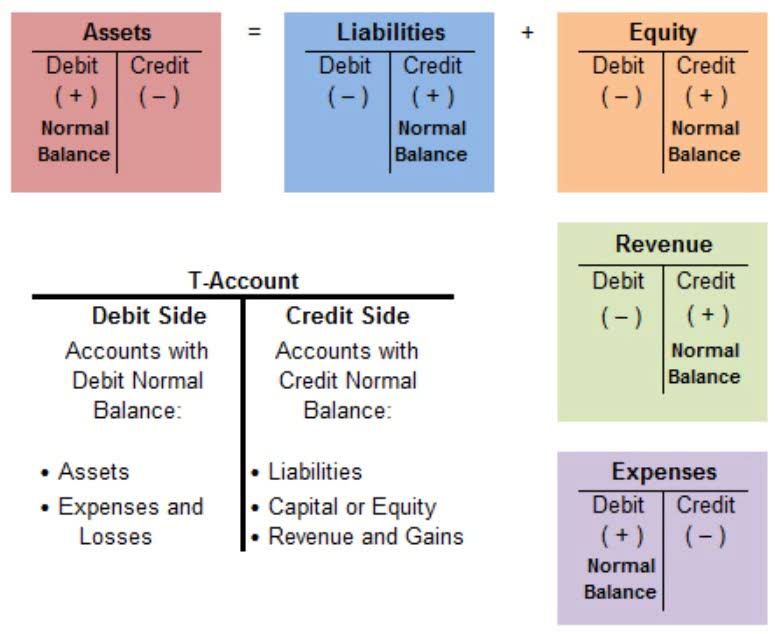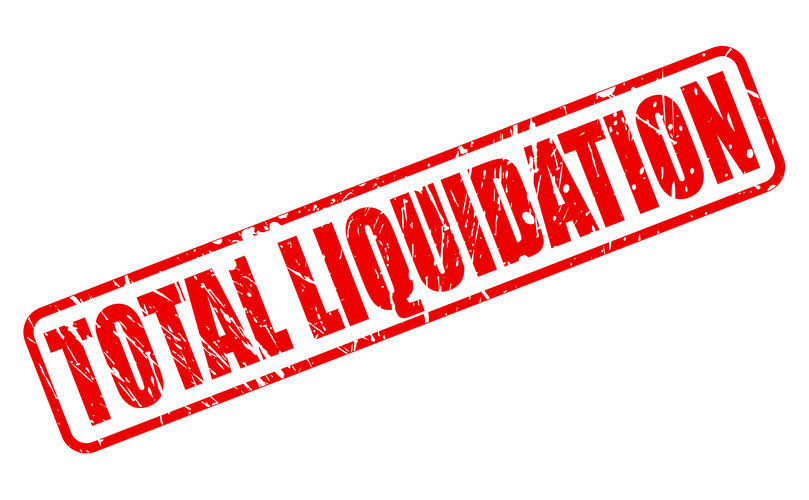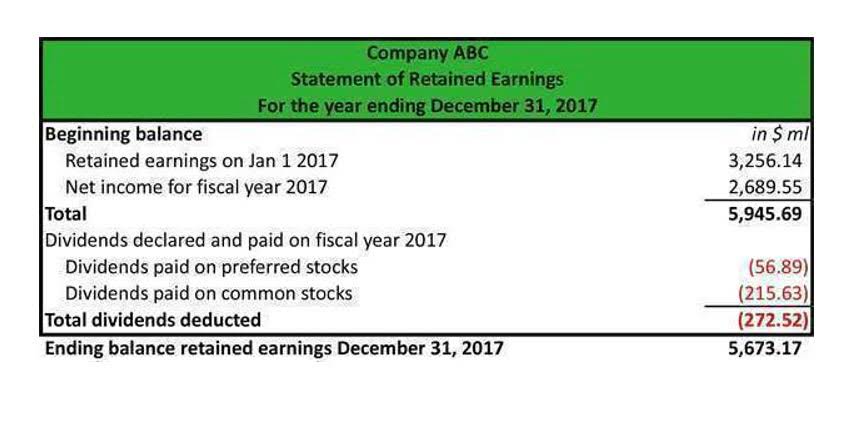
An allowance for doubtful accounts is a contra-asset account which means that it is listed as an asset but has a credit balance rather than a debit balance. It is deducted from the total accounts receivable on the balance sheet to show a more realistic picture of expected collectible amounts. Allowance for doubtful accounts is a contra-asset account used to estimate the portion of accounts receivable that may not be collected.
Methods for Estimating Doubtful Accounts
- The difference between an asset’s balance and the contra account asset balance is the book value.
- While this method can be time-consuming, it offers a highly accurate estimate of doubtful accounts, particularly for businesses with a smaller number of high-value receivables.
- While collecting all the money you’re owed is the best-case scenario, small business owners know that things don’t always go as planned.
- Based on previous experience, 1% of accounts receivable less than 30 days old will be uncollectible, and 4% of those accounts receivable at least 30 days old will be uncollectible.
- In this case, perhaps only 1% of initial sales would be added to the allowance for bad debt.
Then, a subsequent journal entry is made by debiting cash and crediting AR. In certain situations, there may be instances where a customer is initially unable to pay, resulting in a bad debt write-off. However, after a few weeks or months, the customer manages to make the payment and clear their dues. Offering trade credit can be a tricky maneuver for businesses as it can lead to non-payment, late payments, or delinquent accounts. Companies create an allowance for doubtful accounts to recognize the possibility of uncollectible debts and to comply with the matching principle of accounting.
- Say you’ve got a total of $1 million in AR, but you estimate that 5% of it, which is $50,000, might not come in.
- For example, it has 100 customers, but after assessing its aging report decides that 10 will go uncollected.
- Another important aspect is the historical loss rate, which is derived from past experiences of bad debts.
- These contra revenue accounts tend to have a debit balance and are used to calculate net sales.
- Days Sales Outstanding (DSO) is used with windows, like 0-30 days, days, and days, are considered.
- The accounts receivable aging method uses accounts receivable aging reports to keep track of past due invoices.
Example of a Contra Account

Now, let’s dive deeper into how allowance for uncollectible accounts works with a practical example. There are many reasons why creating a provision for doubtful accounts https://x.com/BooksTimeInc may be prudent, like ensuring accurate financial reporting, managing your risk, and staying compliant. Businesses can use the proper methods to estimate the AFDA to ensure their balance sheets remain accurate and up-to-date.
Accept payments

A contra liability is an account in which activity is recorded as a debit balance and is used to decrease the balance of a liability. It is not classified as a liability since it does not represent a future obligation. Technological advancements have made trend analysis more accessible and precise. Modern accounting software often includes analytics tools that can track and visualize changes in doubtful accounts over time.
An allowance for bad debt is a valuation account used to estimate the amount of a firm’s receivables that may ultimately be uncollectible. When a borrower defaults on a loan, the allowance for bad debt account and the loan receivable balance are both reduced for the book value of the loan. There are also downsides to having too small or too large of an allowance for doubtful accounts. Trade credit insurance is one tool to help reduce the overall impact of bad debts and secure the accounts receivable asset, thereby improving the accuracy of cash flow and P&L forecasting. Whereas assets normally have positive debit balances, contra assets, though still reported along with other assets, have an opposite type of natural balance.
Is allowance for bad debts an asset?
- Allowance for doubtful accounts is a contra-asset account used to estimate the portion of accounts receivable that may not be collected.
- The company anticipates that some customers will not be able to pay the full amount and estimates that $50,000 will not be converted to cash.
- A reserve for doubtful debts can not only help offset the loss you incur from bad debts, but it also can give you valuable insight over time.
- When an invoice is written off, a journal entry must be made, with a debit to bad debt expense and a credit to allowance for doubtful accounts.
- A well-managed allowance for doubtful accounts can signal to investors and creditors that the company has robust risk management practices in place.
Therefore, for these three, the debit balance actually represents a negative https://www.bookstime.com/ amount. Another approach is the percentage of receivables method, which focuses on the outstanding accounts receivable at the end of a period. This method involves applying different percentages to receivables based on their age, as categorized in the aging schedule. For example, receivables that are 30 days past due might have a lower percentage applied compared to those that are 90 days past due. This method provides a more granular view of potential uncollectible accounts, allowing businesses to adjust their estimates based on the aging of their receivables.

Intermediate Financial Accounting II

Manual processes, while once the norm, can now be a bottleneck, leading to missed opportunities and increased risks. The good news is that the evolution of technology has given you powerful tools to transform your operations and supercharge your collections strategy – Automation and AI. Our credit risk assessment services also allow you to thoroughly evaluate customer creditworthiness and make informed decisions about whom to extend credit to. The adjustment process involves analyzing the current accounts, assessing their collectibility, and updating the allowance accordingly.
Is the allowance for doubtful accounts a debit or credit?
- Management may disclose its method of estimating the allowance for doubtful accounts in its notes to the financial statements.
- Accountants use allowance for doubtful accounts to ensure that their financial statements accurately reflect the current state of their receivables.
- A contra liability is an account in which activity is recorded as a debit balance and is used to decrease the balance of a liability.
- When assessing accounts receivable, there may come a time when it becomes clear that one or more accounts are simply not going to be paid.
- Lenders use an allowance for bad debt because the face value of a firm’s total accounts receivable is not the actual balance that is ultimately collected.
Last, for contra revenue accounts there are sales discounts, sales allowances, or sales returns. These contra revenue accounts tend to the allowance for doubtful accounts is a contra asset account that equals: have a debit balance and are used to calculate net sales. Businesses in industries with significant seasonal variations, such as retail or tourism, may notice spikes in uncollectible receivables during certain periods.
